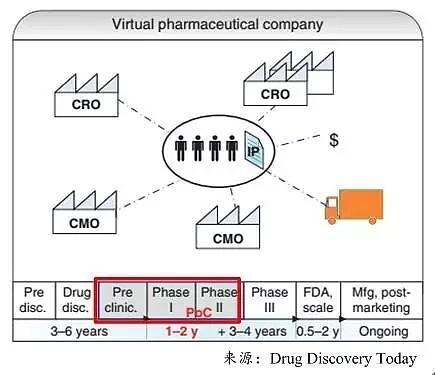Cro Marketing Strategy: A Comprehensive Guide for Effective Online Advertising
Are you looking to enhance your online advertising efforts? If so, you’ve come to the right place. Conversion Rate Optimization (CRO) marketing strategy is a crucial aspect of online advertising that can significantly impact your business’s success. In this article, we will delve into the various dimensions of CRO marketing strategy, providing you with a detailed and actionable guide to improve your online advertising campaigns.
Understanding Conversion Rate Optimization
Before we dive into the specifics of CRO marketing strategy, it’s essential to understand what conversion rate optimization is. Conversion rate optimization is the process of improving the percentage of visitors who take a desired action on your website, such as making a purchase, signing up for a newsletter, or filling out a contact form. By optimizing your website’s user experience, design, and content, you can increase your conversion rate and ultimately drive more revenue.
![]()
The Importance of CRO in Online Advertising
Online advertising is a highly competitive space, and standing out from the crowd is crucial. CRO marketing strategy plays a vital role in ensuring that your online advertising efforts yield the desired results. Here are some key reasons why CRO is important in online advertising:
-
Increased Revenue: By improving your conversion rate, you can generate more revenue from your online advertising campaigns.
-
Reduced Costs: CRO helps you get the most out of your advertising budget by ensuring that your campaigns are as effective as possible.
-
Better User Experience: CRO focuses on improving the user experience, which can lead to higher customer satisfaction and loyalty.

-
Competitive Advantage: By optimizing your conversion rate, you can outperform your competitors and capture a larger market share.
Key Components of CRO Marketing Strategy
Now that we understand the importance of CRO in online advertising, let’s explore the key components of a successful CRO marketing strategy:
1. Website Analysis
Before you can optimize your website, you need to understand its current performance. This involves analyzing your website’s traffic, user behavior, and conversion rates. Tools like Google Analytics can provide valuable insights into your website’s performance, helping you identify areas for improvement.
2. User Experience (UX) Optimization
User experience is a critical factor in determining whether visitors will convert. A well-designed website with intuitive navigation, fast loading times, and mobile optimization can significantly improve your conversion rate. Consider the following UX optimization techniques:
-
Clear Call-to-Action (CTA) Buttons: Ensure that your CTA buttons are visible, compelling, and easy to click.
-
Mobile Optimization: Ensure that your website is responsive and provides a seamless experience on mobile devices.
-
Page Load Speed: Optimize your website’s loading times to keep visitors engaged.
-
Navigation: Make it easy for visitors to find what they’re looking for by using clear and concise navigation.
3. A/B Testing
A/B testing is a crucial component of CRO marketing strategy. By testing different versions of your website or landing pages, you can determine which elements work best in driving conversions. Here are some A/B testing best practices:
-
Start with Small Changes: Begin by testing minor changes, such as button colors or text.
-
Focus on High-Impact Elements: Prioritize testing elements that have the most significant impact on conversions.
-
Use Statistical Significance: Ensure that your test results are statistically significant before making any decisions.
4. Content Optimization
High-quality, relevant content can significantly impact your conversion rate. Ensure that your website’s content is engaging, informative, and tailored to your target audience. Consider the following content optimization techniques:
-
Keyword Optimization: Use relevant keywords to improve your website’s search engine rankings.
-
Value-Driven Content: Provide valuable information that helps your audience solve their problems.
-
Engaging Visuals: Use images, videos, and infographics to make your content more engaging.
5. Conversion Tracking and Reporting
Tracking and reporting on your conversion rates are essential










